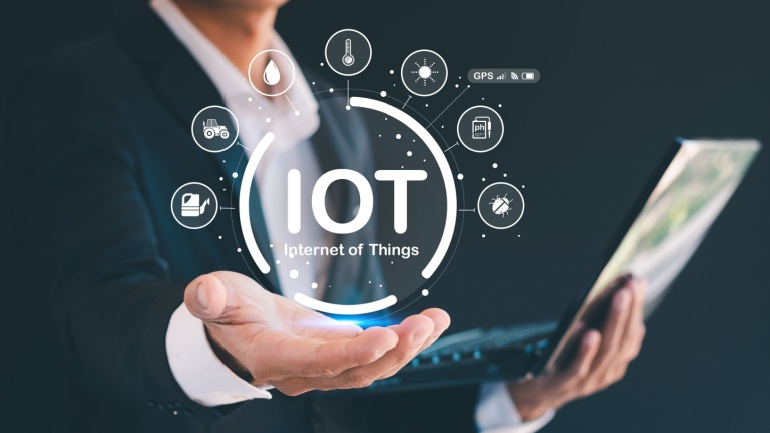Earlier this week, Elon Musk‘s SpaceX heralded its planned foray into direct-to-mobile connectivity service, facilitated by its Low Earth Orbit satellite constellation, Starlink. Currently, Starlink employs a constellation of approximately 4,863 devices to globally deliver its services through its terminals. This system acts as a liaison, bridging the communication gap between the orbiting satellites and end-user devices.
However, a shift in this paradigm was observed back in August of the previous year when SpaceX entered a new alliance with T-Mobile. The purpose of this partnership was to enhance T-Mobile’s delivery of services to under-served regions, a main component of the agreement being to hatch a direct-to-mobile satellite service. A notable potential outcome of this endeavour would allow T-Mobile users to connect to the satellites directly through their unmodified smartphones.
The initial service offering would be limited to text messaging only, anticipating that voice and data services would follow suit in 2025. With eyes on delivering a beta product roll-out by the end of 2023, SpaceX, last week, launched a web page dedicated to the service. Prospective consumers were asked to voice their interest, and they were notified of the readiness of text services by 2024, with voice/data services and IoT connectivity expected a year later.
Transitioning towards direct-to-mobile services necessitates Starlink to introduce new, upgraded satellites. Hence, at the start of this month, SpaceX approached the FCC seeking ‘special temporary authority (STA)’ to launch and test its second-generation satellite as early as December 1.
Meanwhile, AT&T and the Rural Wireless Association (RWA) have voiced concerns over this application, calling attention to the potential interference this satellite may cause to commercial terrestrial networks due to its usage of mobile spectrum for these tests. They have called upon the FCC to dismiss SpaceX’s request for an STA, suggesting instead that the satellite operator should adhere to proper regulatory procedures and first gain approval from the FCC’s Office of Engineering and Technology.
In response to these objections, SpaceX labeled the claims baseless and accused “AT&T and Dish-mouthpiece the RWA of orchestrating a desperate, 11th-hour campaign to prevent [the STA].”







